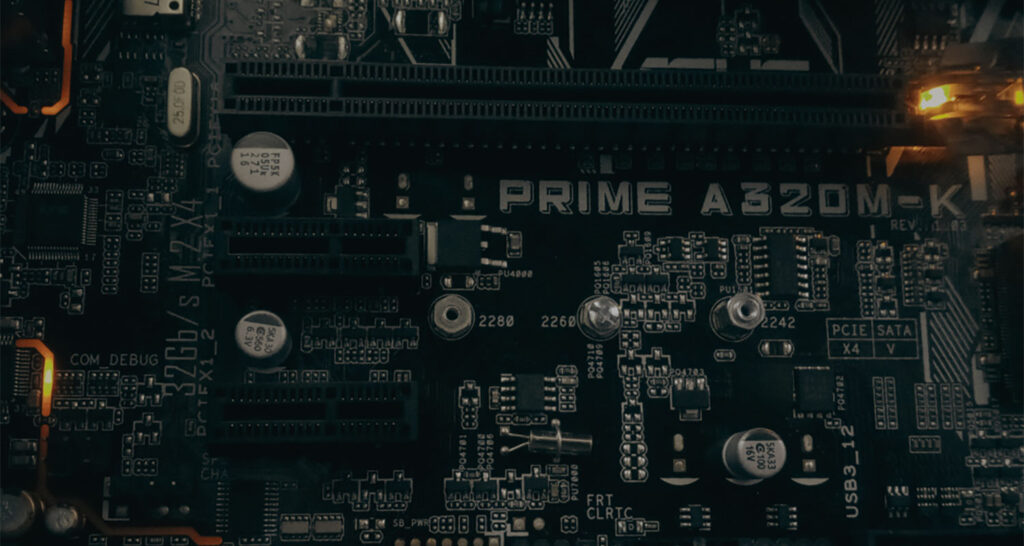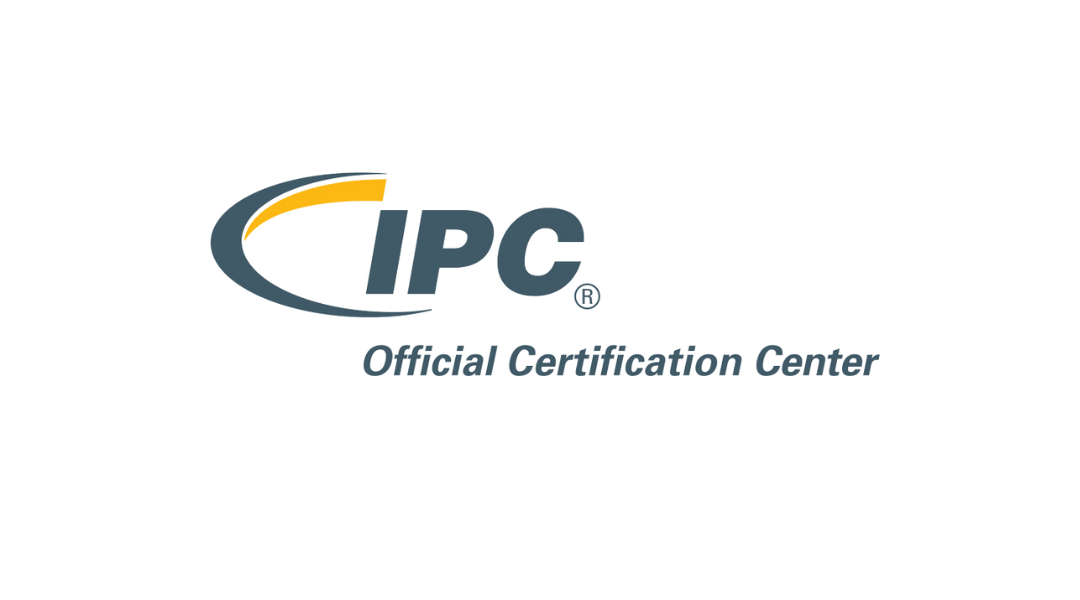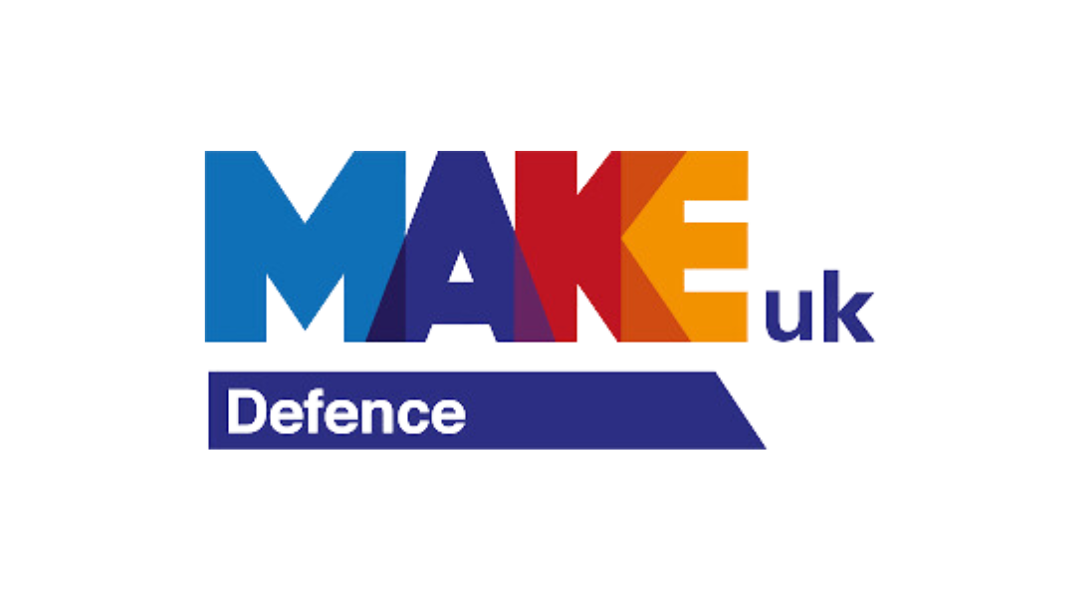From smartphones and computers to automotive electronics and medical equipment, electronics manufacturing plays a huge role in producing these devices that we have come to rely on day-to-day. In this blog, I’m delving into the importance of general electronics cleanliness in particularly the handling stage of production and outline key practices that will support the production of effective components and the final device.
Over the 20+ years that I’ve worked in the electronics industry, I’ve seen damage caused to circuit boards that could have easily been avoided with some general electronic cleanliness and handling steps.
Damage during electronics assembly will have an impact on profitability through increased labour costs, increased requirement for parts, increased need for repairs or replacements and increased customer returns and dissatisfaction. It is therefore prudent to get some basic cleanliness and handling right.
How is damage caused?
Damage can be caused in a variety of different ways Examples of things that can cause damage are:
- Inconsistent handling practices
- Inadequate handling practices
- Excessive handling of products
- Poorly executed electrical tests eg incorrect/worn out probes, incorrect pressure settings
- Product incorrectly sent to rework
- Inconsistent application of Electrostatic Discharge (ESD) protocols
- Human factors e.g distraction, not following process, not taking due care
The pattern here is the poor handling of the products. Get the handling right and the incidence of damage will decrease.
Not all damage is equal
Damage to electronics can be caused by a variety of things and can be immediate and obvious, however, not all damage is visible straight away. Damage caused by poor handling can present itself through:
- Immediate and obvious breakage
- Performance degradation over time
- Intermittent failure
- Unpredictable operation
- Failure in the field
- Environmental impact
Not so much of an issue, except for loss of revenue for say <insert an example item> but could be catastrophic for a medical device.
How can you avoid basic handling issues?
Let’s cover the basic general good practice hygiene measures:
- Always handle PC board assemblies at designated work areas
- Regularly maintain designated work areas to avoid ESD ie ensuring there are no Styrofoam cups, vinyl, plastic etc
- Ensure sensitive components and PC boards are kept in shieled bags or boxes when not being worked on
- When handling a PC board, ensure you are properly grounded by either:
- Wearing a wrist strap connected to earth ground
- Wearing ESD safety shoes and have both feet on a static dissipative floor surface.
- Do not stack PC boards, ensure special racks and trays are available.
- Keep equipment clean. Regular maintenance and cleaning of equipment such as soldering machines and testing instruments are essential to prevent contamination, ineffective operation and helps maintain consistent production quality.
But what about cleanliness issues?
- Keep hands clean and don’t use hand creams and lotions containing silicone. The silicone can cause solderability and epoxy adhesion problems. Ensure staff have access to lotions specifically formulated to prevent contamination of PC boards.
- Tie hair back to avoid contamination
- Keep work areas clean and tidy
- Do not eat or drink anything in designated work areas
Failure to adhere to cleanliness guidelines and standards can also be detrimental to assemblies. Silicone in hand creams, for instance, can prevent conformal coat sticking. Loose hair can detach and interfere with solder connections (as well as the obvious safety risk of getting caught in your soldering equipment!). Food and drink have no place in a work area.
IPC standards offer a guide to best practice
In addition to general electronics cleanliness and hygiene, there is guidance on good practice and specific requirements in the IPC standards.
The standards state that:
- All materials incorporated into printed boards shall be protected from environmental, handling and storage damage.
- Manufacturers shall have documented procedures in place that outline these preventative practices (it is a requirement for ISO9001 and AS9100).
- Staff should know what these procedures are.
- Equipment, devices, materials, or techniques used to handle boards or retain parts and components to the printed circuit board through any and all stages of soldering shall not contaminate, damage or degrade printed boards or components.
- Processes and handling practices shall not induce residual stress into the component body or solder connection.
- The infrastructure of the manufacturing location as well as the equipment used should be designed and controlled to prevent damage and the introduction of foreign materials.
For more information on IPC and the training I offer, visit here.
General electronics cleanliness is a fundamental aspect that is overlooked at your peril. By reducing contamination and implementing cleanliness procedures, manufacturers can produce electronic devices that are not only profitable by being reliable, durable and safe for consumers but also contributes to customer satisfaction and the company’s reputation.
By helping your team improve their competency, making them understand the impact of what they do they, equipping them with the skills and abilities to be able to create product right first time, you can recoup huge savings.
Get in touch if you’d like to explore how.
[/et_pb_text][/et_pb_column][/et_pb_row][/et_pb_section]




